The Asian Water Monitor, also known as the Common Water Monitor, is a large reptile that lives throughout Asia. This widespread monitor lives throughout large regions of southern Asia, and it is one of the most common species of monitors in the region. Researchers recognize five different subspecies across their range. Read on to learn about the Water Monitor.
Description of the Water Monitor
This species has a long, stout body, short legs, and a long tail. It has a relatively long neck, and an elongated snout. Its scales are quite thick, and usually dark brown or black with light colored patches.
They are quite large monitors, and some individuals measure over 9 ft. long. Large adults can weigh 40 lbs. or more. The heaviest specimen on record weighed 110 lbs. and some unverified reports exceed 150 lbs. or more.
Interesting Facts About the Water Monitor
These common reptiles live throughout Asia, but they are far from mundane. Learn what makes these monitors so unique below.
- Heavyweight Champ – This species is the second-heaviest lizard species in the world. The only species of lizard heavier than this monitor is the massive Komodo Dragon.
- What’s in a Name? – As you might have guessed, this species prefers living in aquatic or semi-aquatic habitats. They often feed on fish, snails, and similar creatures. However, it is not uncommon to find these reptiles living in close proximity to humans as well.
- Habitat Loss – However, just because they can live near humans, doesn’t mean habitat destruction doesn’t impact them. In areas where humans destroy wetlands, marshes, and vegetation surrounding waterways, their populations usually decline.
- Aerial Escape – Juvenile monitors sometimes flee predators by climbing into trees. Granted, this method does not always work, because some predators can climb too! When this happens, these reptiles take a page out of the green iguana’s book, and launch themselves from the tree into a nearby water source to swim away.
Habitat of the Water Monitor
While they prefer living in aquatic habitats, these lizards live in a wide variety of ecosystems. You can find them in wetlands, swamps, along riverbanks, canals, and more. They also live in close proximity to humans on occasion, utilizing swampy regions of farmland, or suburbs with manmade canals.
This species also prefers habitats with flat areas for them to dig burrows. Their burrows often lie close to the river or stream, and are partially flooded.
Distribution of the Water Monitor
These reptiles have widespread distribution across southern Asia and the surrounding islands. Their range extends from the eastern coast of India all the way to the coast of China. They also range throughout many islands in Indonesia and the surrounding areas. All of their range lies in close proximity to the coast.
Diet of the Water Monitor
This monitor is an obligate carnivore, which means it only eats meat. It is far from picky, and will eat almost anything it can catch and tear apart. Some common prey items include fish, lizards, snakes, birds, rats, turtles, frogs, crocodile hatchlings, and carrion.
It hunts primarily by chasing down and capturing prey. This species has incredibly powerful leg muscles, and can pursue prey both in and out of the water. They use their strong sense of smell to locate potential meals.
Water Monitor and Human Interaction
Though humans exploit this species extensively, their populations remain stable. The IUCN lists this monitor as Least Concern. Populations and subspecies in different regions face different threat levels. Humans hunt them for their meat and skin, and use various body parts in Traditional Chinese Medicine.
Habitat destruction also threatens this species. Deforestation for palm oil, as well as farming, housing development, and timber.
Domestication
Humans have not domesticated this animal in any way.
Does the Water Monitor Make a Good Pet
No, this reptile does not make a good pet. Though some people do keep these lizards, they can reach surprising lengths. Unless you have the means to care for a 10 ft. long reptile, you should not choose this animal as a pet.
Water Monitor Care
Zoos house these creatures in large enclosures with plenty of space to exercise and explore. They provide them with the proper temperature, humidity, and basking areas. Zookeepers also feed them a variety of foods, including rats, mice, ground carnivore diet, rabbits, fish, and more.
Behavior of the Water Monitor
This species spends most of its time foraging for prey and sunning itself. Younger reptiles are much more wary of predators, while larger individuals do not have as much to fear. When threatened, they climb trees and leap into the water to swim away.
Reproduction of the Water Monitor
These reptiles breed between the months of April and October. After mating, it takes about a month for the female to lay eggs. The larger the female, the more eggs she can produce. Females lay their eggs in rotting vegetation, usually logs or tree stumps.
On average, a single clutch contains about 10 eggs. Depending on the temperature in the nest, it can take anywhere from 6 to 7 months for the eggs to hatch. The young monitors are fully independent at hatching.


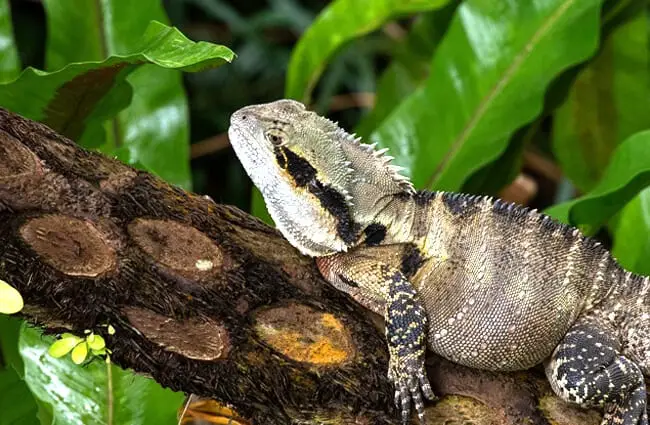
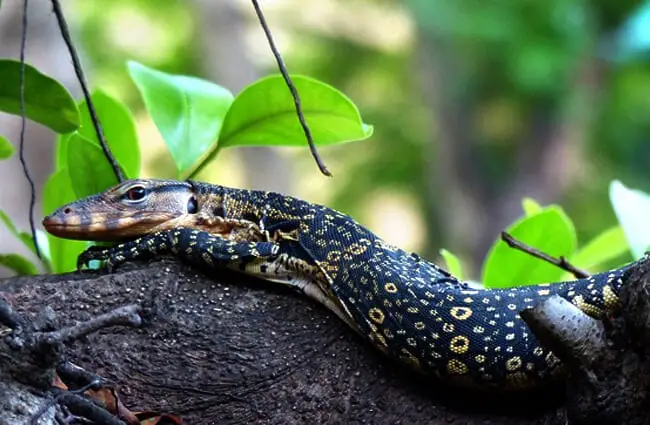
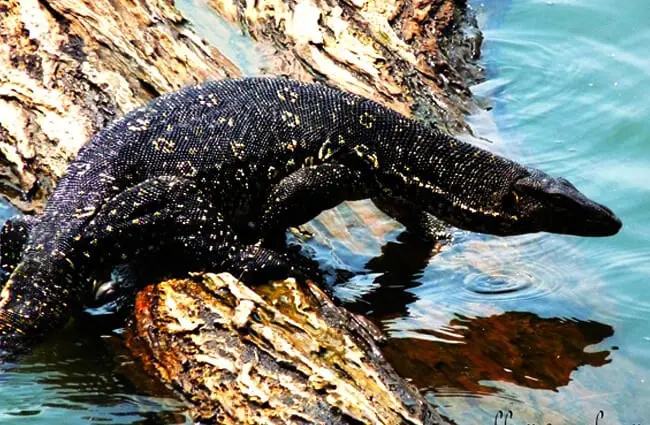
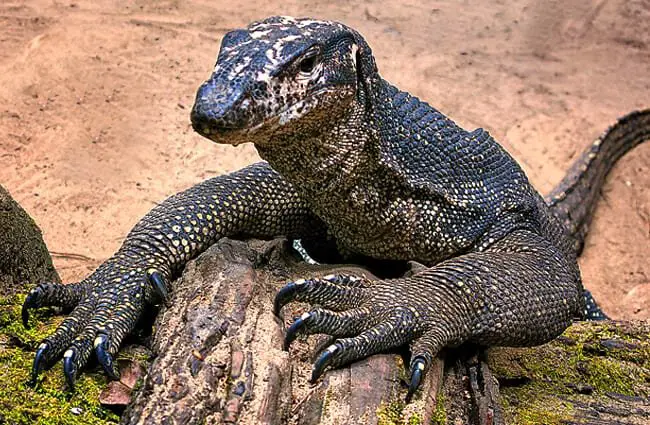
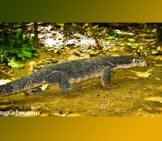


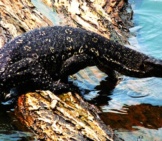

![Red Angus Closeup of a beautiful Red Angus cowPhoto by: U.S. Department of Agriculture [pubic domain]https://creativecommons.org/licenses/by/2.0/](https://animals.net/wp-content/uploads/2020/03/Red-Angus-4-238x178.jpg)


![Red Angus Closeup of a beautiful Red Angus cowPhoto by: U.S. Department of Agriculture [pubic domain]https://creativecommons.org/licenses/by/2.0/](https://animals.net/wp-content/uploads/2020/03/Red-Angus-4-100x75.jpg)

